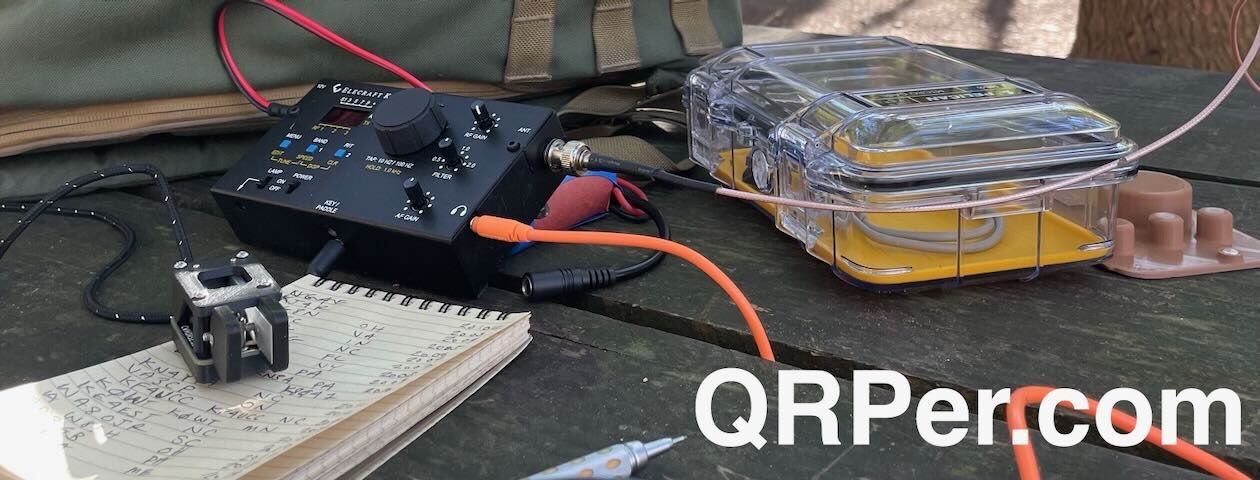Many thanks to Adam (BD6CR) who shares the following guest post about his latest project:
From Open Source Project ADX to Kit ADX-S
by Adam (BD6CR)
BD6CR @ CRKits.COM
Original Design: WB2CBA
Modification and Kitting: BD6CR
I knew Barb, WB2CBA from his uSDX design a few years ago and I introduced both DL2MAN and his designs in my blog. So, when I came across the ADX – Arduino Digital Xcvr a few months ago, I immediately ordered both the ADX (through hole) and the ADX UNO (surface mount) PCB samples.
I started building the ADX UNO and put it in a dental floss case and made a few contacts on park bench. However, the soldering is too much for my eyesight. So, I turned back to the ADX because I don’t need to solder any SMD parts, since both the M328P and SI5351 are module based. I could build the project in 3 hours and it worked the first time.
However, I felt unsatisfied with the strong BCI since the CD2003 radio receiver chip was connected as a direct conversion receiver. JE1RAV mentioned in his QP-7C modification project that he tried JA9TTT’s idea to build a superhet SSB receiver with the TA2003 or CD2003, so I tried and it worked very well. I have decided to name the new circuit as ADX-S, where S stands for Superhet.
I shared the great news with Barb and he encouraged me to carry the flag to make it a kit, since my design D4D was his first digital radio and he loved it.
You can refer to Barb’s page on ADX here.
My hardware modification can be outlined in this schematic. I have added an FL1, PFB455JR ceramic filter by Murata and a C25 coupling capacitor from CLK2 of SI5351 module. The RX audio comes from pin 11 instead of pin 4.
I modified it by cutting two traces on the ADX PCB and it looked ugly, so I redrew the PCB. Continue reading From idea to kit: Adam introduces the Arduino Digital Modes HF QRP Transceiver (ADX-S) kit













































